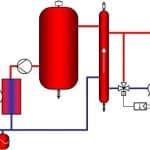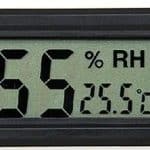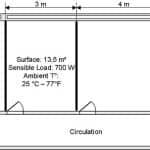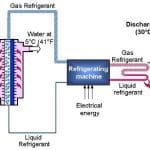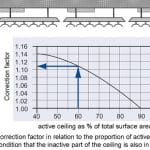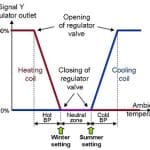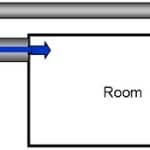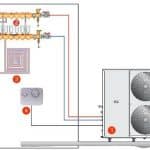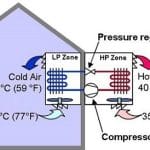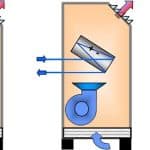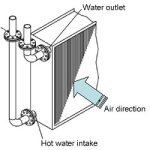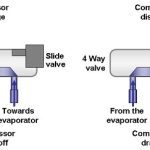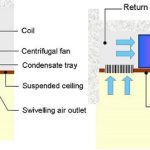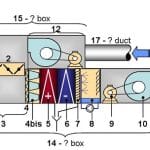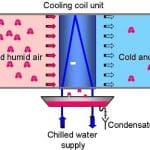The Subtle Variations between Air Conditioning and Refrigeration Systems
Have you ever asked yourself the difference between air conditioning and refrigeration systems? We know that both of them are used to cool a space or object, but beyond the obvious similarities lies a web of subtle variations. From the principles behind each process to the professionals that install, maintain and repair these systems, there is more than meets the eye when it comes to air conditioning and refrigeration. In this blog post, we will unravel the complexity behind cooling technology – diving deep into what makes these two processes distinct yet equally essential for maintaining comfort in homes or businesses.
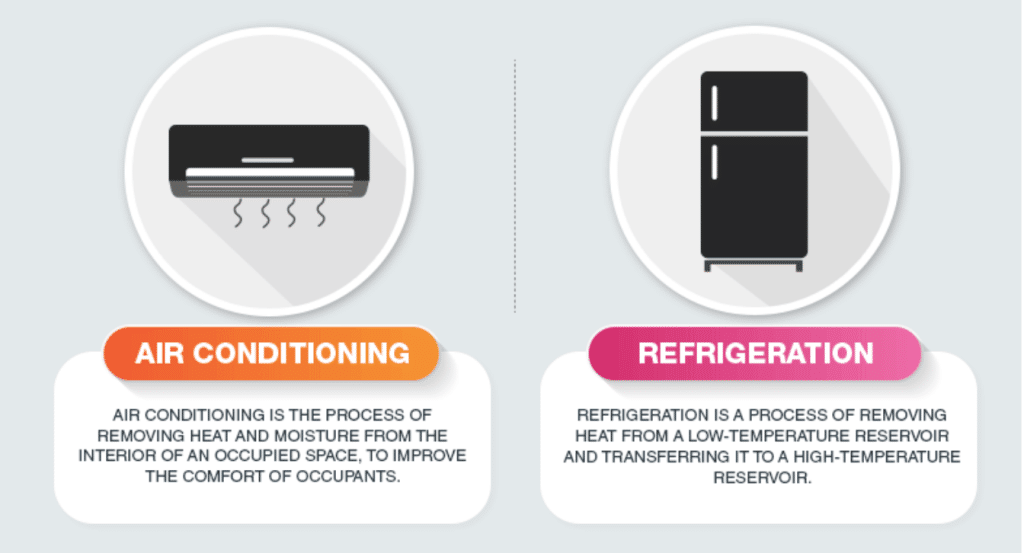
Part 1: Understanding the Basics of Air Conditioning and Refrigeration Systems
Air conditioning and refrigeration systems are commonplace nowadays and are found in a variety of places – from homes to offices to commercial buildings. In order to understand how these systems work, it is important to first understand their individual definitions.
Definition and Explanation of Air Conditioning Systems
An air conditioning system is a process whereby coolant is circulated through pipes in order to cool the air within an enclosed space or area. It works by taking hot air in, cooling it, and then circulating the cooled air back into the space or area.
This makes the indoor temperature more comfortable for occupants.
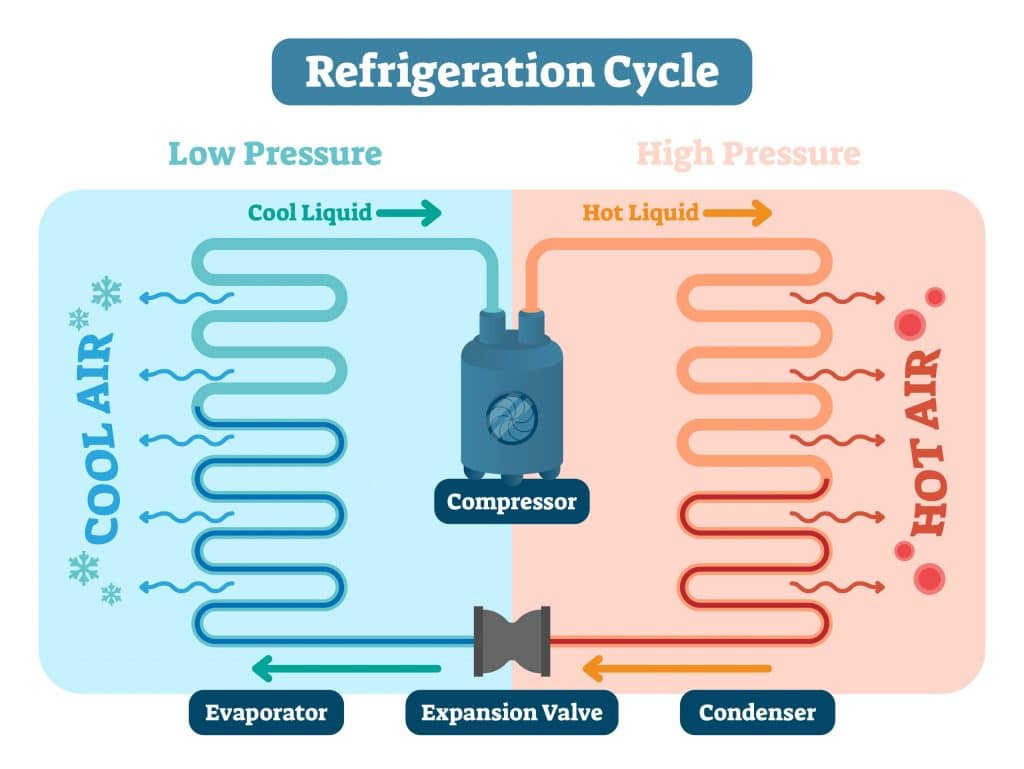
Definition and Explanation of Refrigeration Systems
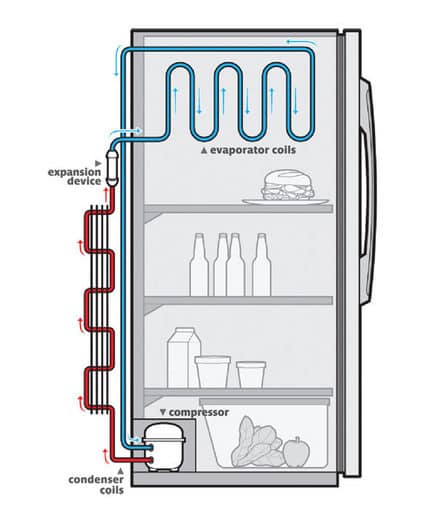
A refrigeration system can be defined as a process that uses cold temperatures to cool food or objects. Unlike an air conditioner, which takes in hot air, circulates it to cool it down, then releases the cooled air back into the environment, a refrigeration system requires only one pass-through of cold air in order to cool the object or food item.
The Main Differences Between Air Conditioning and Refrigeration Systems
The main difference between air conditioning and refrigeration systems is that one relies on a gas-liquid process (air conditioning), while the other relies on a low temperature process (refrigeration). Air conditioning is used mainly to cool buildings and indoor spaces, whereas refrigeration is used mainly to keep food items fresh.
Part 2: The Processes Involved in Air Conditioning and Refrigeration Systems
The Cooling Process in Air Conditioning Systems
The cooling process for an air conditioning system occurs when hot air passes through a series of coolant filled pipes known as an evaporator coil. As the hot air moves along these coils, heat energy is absorbed by the coolant, thus cooling the air before it returns inside.
The Circulation Process in Air Conditioning Systems
Once the air has been cooled by passing through the evaporator coil, it must then be circulated around the space or area. This is done using a series of fans which blow the cooled air out into different areas of the building/space/area until it reaches all corners.
The Cooling Process in Refrigeration Systems
For refrigeration systems, cooling takes place once cold liquid passes through tubing located inside an insulated box or chamber. This process drops temperatures quickly so that food items remain at safe storage temperatures.
The Circulation Process in Refrigeration Systems
Unlike with air conditioners, refrigerators do not require any kind of circulation process since they rely upon a single pass-through of cold temperatures for cooling purposes. However, some newer models do employ fans which circulate cold air throughout the fridge in order to maintain even temperatures throughout.
• Residential Homes: . In residential homes, central heating can be supplemented by air conditioning systems that help to keep the temperature cool during hot summer months. • Offices and Commercial Buildings: . Air conditioning is also used in offices and commercial buildings to maintain a comfortable working environment, especially when temperatures are high.
• Industrial Facilities: . In industrial facilities, such as manufacturing plants or warehouses, air conditioning can be used to reduce the risk of overheating due to the presence of various machines and tools.
Common Uses of Refrigeration Systems in Food Storage and Preservation
• Food Storage: . Refrigerators can be used for storing food items at safe temperatures so that they remain fresh for consumption. This is particularly beneficial for perishable goods, such as dairy products or meats.
• Preservation: . Refrigeration systems can also be used for the preservation of certain food items, such as fruits and vegetables, which need to be kept at colder temperatures in order to ensure their longevity.
Efficiency and Energy Usage Comparison Between Air Conditioning and Refrigeration Systems
The energy usage of both air conditioning and refrigeration systems will vary greatly depending on the type of system being used and its size. However, newer models are generally more efficient than older models when it comes to energy usage.
Air conditioners tend to consume more energy than refrigerators since they require a larger amount of cooling power to cool an entire building/space/area.
Refrigerators, on the other hand, can often be more energy-efficient since they only need to cool an individual object or food item.
Want to learn more ?
Have a look on our cooling classes :

